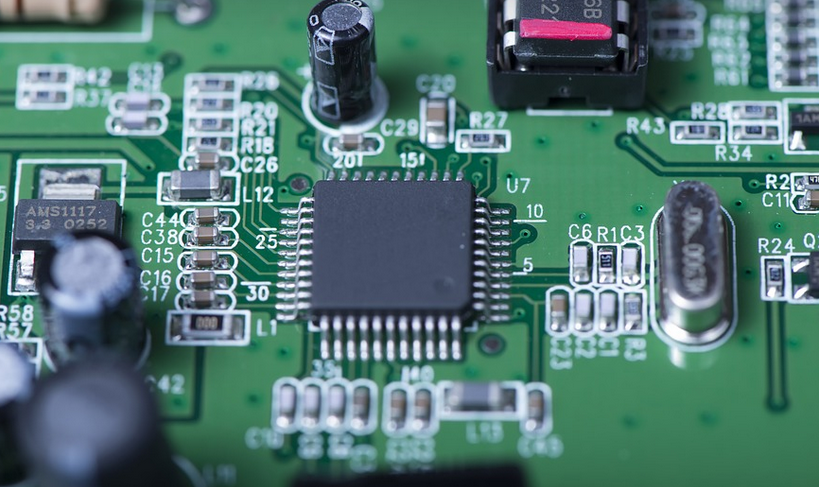Unveiling the Power of Super-sized Precision
Welcome, fellow explorers of the vast and intricate world of numbers! Today, we’ll delve into the fascinating realm of scientific notation, a powerful tool that bridges the gap between decimal fractions and astronomical proportions. But first, let me ask you a question: have you ever wondered how scientists can describe incredibly minute quantities like atoms or electrons in a meaningful and understandable manner?
Scientific notation provides this magic answer! It’s a mathematical technique that allows us to express numbers in a compact form, revealing their true essence. Imagine trying to write down 0.5401, a decimal number with a single digit of ‘5’ after the decimal point. It’s difficult to grasp its precise magnitude without resorting to long fractions or cumbersome decimals. However, scientific notation makes this seemingly mundane detail an intriguing adventure in numbers!
Let me shed light on how it works! Scientific notation essentially involves a combination of two key components: base and exponent. The base is simply the number we’re working with, typically written as a whole number or a decimal between 1 and 10. Then, you have the exponent, which tells us how many times the base has been multiplied by itself.
Take our example of 0.5401. It might seem intimidating at first glance, but breaking it down into scientific notation reveals a fascinating story! We have a base (e.g., the number 5) and an exponent (e.g., the power of ‘1’). Using our 0.5401 example, we can express this number in scientific notation by representing it as 5.401 x 10-2. The key here is understanding that each digit after the decimal point gets represented as a fractional part.
Let’s break down this magic formula to better grasp its workings. Let me illustrate with an example: we have a base (e.g., the number 5) and an exponent (e.g., the power of ‘1’). We write it in scientific notation as 5.401 x 10-2. This means that we’ve multiplied the base number by itself -5.401 – a certain number of times, represented by our exponent, which is -2. This ultimately results in a concise representation of the original decimal number.
The exponent, being a whole number, tells us how many times the base has been multiplied by itself. In this case, it’s -2, indicating that 5.401 needs to be multiplied by itself two decimal places. So, we can calculate the actual value that would correspond to our exponent of -2.
For those who find a bit of math daunting, let me offer some insights. Scientific notation has its own unique charm – it allows us to express numbers in a cleaner and more compact form. This is particularly useful when dealing with large or small numbers because it simplifies our calculations and helps us focus on the most crucial aspects. The exponent plays a vital role in this simplification process.
Scientific notation’s beauty lies in its ability to bridge the gap between decimals and fractions, allowing us to express even the tiniest quantities with a level of precision that goes beyond what we typically encounter in our daily lives. This technique empowers us to delve into the intricate workings of the world around us – from understanding the fundamental forces governing the universe to analyzing the structure of molecules.
By mastering this powerful tool, you can unlock a new dimension of exploration within the realm of numbers! You’ll be able to represent even the most intricate and complex mathematical concepts in a concise and comprehensible manner. Now, let me challenge your understanding – can you think of any real-world examples where scientific notation might come into play? Let’s explore together!
In essence, scientific notation empowers us to express incredibly small numbers like atoms or electrons with ease. Imagine trying to explain the behavior of electrons in a molecule without using scientific notation! It’d be quite difficult and time-consuming.
So, what are we waiting for? Grab your calculator and some pen and paper, and let’s dive into the exciting world of scientific notation, where even the tiniest numbers can make a significant impact!
